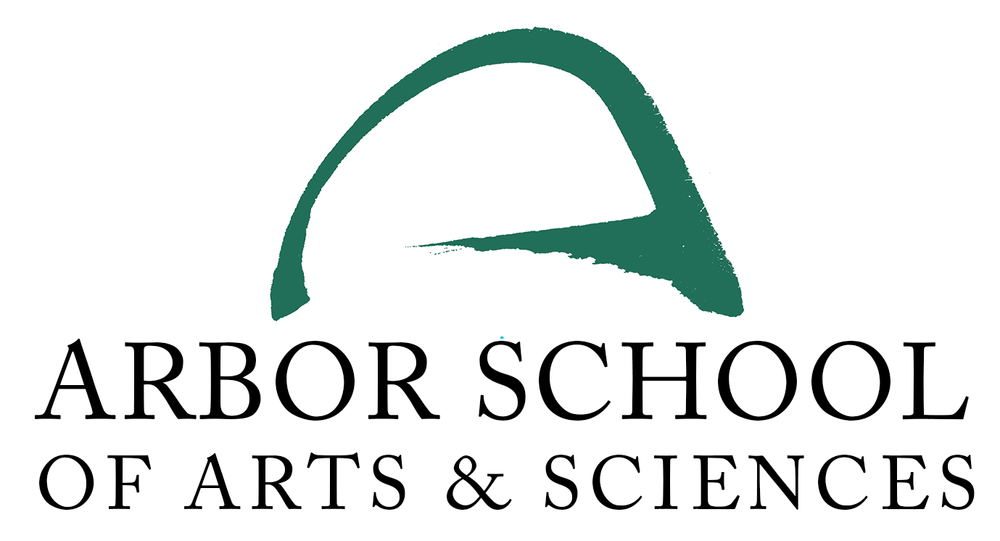Dear Arbor Community, While we look forward to the time that we can gather on campus, I would like to share a bit about how Arbor has worked to help limit the spread of the coronavirus and how we plan to continue, in response to the questions some of you have posed.
Our community response began at the end of February, when the Arbor Parent Teacher association organized a weekend classroom sanitizing work party. To kick off what was to be a heightened awareness of the need for the repeated sanitization of high-touch surfaces, parents and teachers spent a Sunday afternoon working through each classroom. We then worked to maintain that standard by organizing students and teachers to address all of those surfaces every day, before school and at the midday break, with parents continuing to pitch in. Doing so raised student awareness of the need to take hand washing seriously and also gave them something real and comforting to do in response to the news they were hearing. As we moved into March, we took additional structural steps as a school. We suspended all-school gatherings and cross-grade lessons so that students were interacting only with their own classmates. We also restructured the end-of-unit classroom celebrations to which we typically invite parents and grandparents. Instead, students took portfolios of work home with a plan to host an individual celebration of all that they had accomplished -- not the same as sharing work in the context of the group, but still a means to honoring effort and engagement.
In the second week of March, as it became clear that social distancing was going to be an important tool in fighting Covid-19, we made the decision that we would close school beginning Monday, March 16, one week before our scheduled two-week Spring Break, and we didn’t mind at all when the governor made the same decision for the state a couple of days later.
With that decision made, our teachers began to pivot from the relationship-based experiential learning that is at the heart of an Arbor education to a distance learning model which, by its nature, necessitates at least some time on the computer each day. Over a long weekend, teachers familiarized themselves with the tools of Google Classroom and Zoom, and began to craft lessons that would give our students some of the structure and routine that they need, as well as an ongoing sense of connection to their classmates and school community.
After a week of teaching and learning this way, we surveyed our parent community in order to understand how what we were offering was working at home, and then we said a virtual farewell to our students for Spring Break. During the hiatus from teaching, faculty worked in teams, virtually, to adjust their curricula to respond to the student experience of that first week and to the feedback from parents.
Monday, April 6, we rolled out new tools and new plans aimed at reducing the amount of time in front of the screen for each student while increasing the degree to which students can work independently of the grownups in their house -- a potentially positive byproduct of this time at home. We recalibrated the number of hours that we expect each student to be directly engaged in class work each day, and offered parents a choice of whether to have their children involved directly in synchronous lessons or whether asynchronous options would be a better choice for their family. As appropriate at each grade level, we now offer a mix of written and recorded lessons that can be accessed at any time, and live lessons and posted office hours so that students can get the support they need as they work. Each class is also using Zoom to hold daily meetings to maintain connections and to have some fun together. While we work to offer engaging lessons and to provide feedback that keeps students moving forward academically, we also encourage our families to adapt what we are offering to their particular context.
With teachers as parents also working from home, we understand the challenges. At this writing, our distance learning program is well-launched but we will continue to learn from the feedback that we get from our families. Just as when we are teaching children in our classrooms, we remain open to learning more and to adjusting what we do to respond to the students in front of us, and we continue to look for the ways in which we can keep curiosity and kindness at the center of what we do.
With Oregon schools now required to teach remotely for the remainder of the school year, we are embracing this new context, knowing that for all of the limitations of distance learning, there are opportunities too -- for teachers developing facility with digital tools and for students developing independence and self-reliance in their approach to learning.
As we have responded to this health crisis, the strength of our community has been an asset, pulling together even while staying apart, and we remain hopeful that we will be back on campus for our summer programs and that we will be able to welcome you face-to-face!
Wishing you the best of health in these challenging times, Peter
